Recently, I have been doing a lot of thinking about assessment – as you can imagine, my wife has been delighted. In my series of blog posts about writing our new maths scheme of work, I talked about our department’s plans for assessing each year group throughout the year. But a more pressing issue is how to assess our lovely new Year 7s.
In the past we have used a variety of commercial packages that return a “maths age” – but I have never been all that impressed by that. For me, the concept of a maths age is as redundant and meaningless as the concept of a level. So, one child has a maths age of 11.4, and another has a maths age of 11.8. What does that tell me about their understanding of place value, or their range of strategies for multiplying two digit numbers together? Well, it tells me about as much as knowing one student is a Level 4a and the other is a 4b – i.e., nothing at all.
Inspiring Blog Posts
Fortunately, I have been inspired by two of the best blog posts I have read all year. Firstly, William Emney wrote a stunning piece entitled “The problem with levels- gaps in basic numeracy skills identified by rigorous diagnostic testing“, about his strategy for diagnostically testing each of his school’s Year 7 students and the amazing insights that he gained from this. Secondly, there was a wonderful summary of the leaked Commission on Assessment without Levels report, by Harry Fletcher-Wood. In his post, Harry beautifully sums up the key points of the report, and crucially the disastrous affect levels have had on schools, teachers and students.
Free Year 7 Maths Baseline Tests
So, I decided to try something different. I want immediate results, but also the opportunity to gain deep insights across the whole year group, highlighting areas of strength and weakness both in individual students and given cohorts. I want to identify interesting and important patterns and trends in specific areas of maths. I want this presented beautifully, so I can get an instantaneous picture, and then delve deeper for greater understanding. And I want all of this without having to do mountains of marking. If only there were a website that could do that?… 🙂
So, we are going to use the following baseline assessments with all our Year 7 students. I thought I would share them, in case they are useful to other schools. Oh, and it is all completely free! 🙂
I have created a series of ten, 20-question Year 7 baseline diagnostic tests using questions from my Diagnostic Questions website. You can use as many or as few of the tests as you like. The 200 questions are all non-calculator and are designed to be all a similar level of challenge and curriculum coverage. They are mainly number-based, covering the full range of numeracy that the students will have encountered at primary school, with some basic properties of shape, co-ordinates and simple algebraic substitution questions in there as well.
Here is the second one so you can get an idea of the content:
What do the results look like?
Now, these tests will not give you a maths age or a level. However, as well as giving you class and individual student scores and identifying specific questions that caused difficulty, they will also give you something like this:

This a visual representation of a selection of 10 and 11 year old’s understanding of mathematics. The inner rings contain the four key areas (Number, Algebra, Shape and Statistics), and the outer areas break these subjects down, firstly into things like Basic Arithmetic, and then even further into Place Value, Order of Operations, Multiplication, etc. The more green, the better the level of understanding the more red, the bigger the problem. You can have a play around with this data set by clicking this link.
Imagine this was the data for all the Year 7s in your school at the start of the new term. What would it tell you?
Well, we could take a closer look at number:
That will show us, very clearly, that this group of students has some serious problems with BODMAS:
And if we now take a look at the bottom of the page, we can see exactly which questions are causing the problems, and which students are having difficulty:
We can then continue, looking at other areas of weakness, identifying key trends and patterns.
We also have the option to compare two particular classes’ pictures of understanding:
Or an individual student relative to another student or the rest of the class:
Then how about Year 7 girls against Year 7 boys:
Or, how about generating one of these diagrams for each of your students?
What to do with the results?
Now, obviously I am completely biased, but I think this has potential to generate some seriously rich, meaningful data that actually tells you something. Things like:
- It may identify key areas that you as a department want to tackle in those first few weeks in September to give your students a solid mathematical foundation for the year
- It may highlight interesting features about specific topics, for example which methods of written multiplication students are most comfortable with from primary school
- It may reveal key gaps in knowledge, but also topics that the whole year group is entirely comfortable with, allowing you to allocate your teaching time as efficiently and productively as possible.
- It may help to identify key groups of students who require specific intervention
- When your students review their results, reading and liking other students’ explanations, it will give you insights into how students understand the topics via the most popular explanations chosen, whilst at the same time helping them to resolve their own misconceptions.
- And then, a few weeks later, perhaps you could test the students again, either using the same 10 tests, or any left over if you did not use them all. This will give you a really clear measure of the progress the students have mad,e and what further interventions may be needed.
How to run the tests?
Of course, expecting Year 7 students to answer 200 questions all in one go, giving full explanations for each, is asking a bit much, and might hinder their performance and the insights you gain from it. So, after much consideration, we are going to run the baseline tests over two maths lessons, using computer rooms, encouraging the students to only give explanations for the questions that they are not sure about.
Other suggestions for using the baseline tests might be:
- Only use 5 of the quizzes (possibly use the other 5 at a later date as a test of progress)
- Tell students they don’t need to give any explanations
- Tell students to explain just two questions every quiz
- Run it as a “live quiz” in the classroom – or with all Year 7s together in the Hall if you are feeling really brave!
- Set some of the quizzes as a homework – although, of course, you cannot be sure it is all their own work
Accessing the Maths Baseline Tests
For instructions on how to add new students to Diagnostic Questions, or to move students between classes, please see this post.
Here are the links to all 10 Year 7 Baseline Assessments so you can assign them to your students:
Year 7 Maths Baseline Assessment 1
Year 7 Maths Baseline Assessment 2
Year 7 Maths Baseline Assessment 3
Year 7 Maths Baseline Assessment 4
Year 7 Maths Baseline Assessment 5
Year 7 Maths Baseline Assessment 6
Year 7 Maths Baseline Assessment 7
Year 7 Maths Baseline Assessment 8
Year 7 Maths Baseline Assessment 9
Year 7 Maths Baseline Assessment 10
I really hope you, your department and your students find them useful. Please let me know how you get on in the Comments below.
And just a reminder, I am running a new “Assessment for Learning with Diagnostic Questions” course from September. Please visit this page for more details


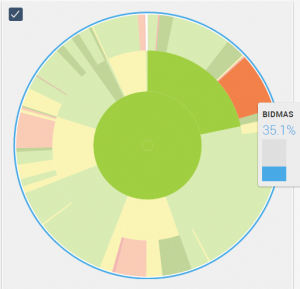
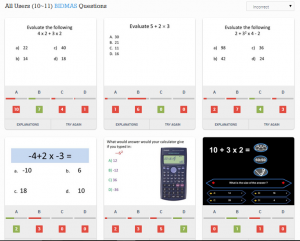
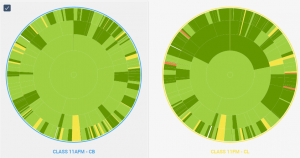
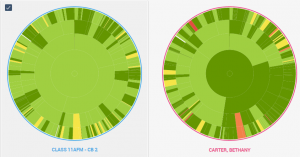

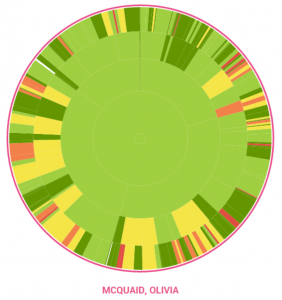
Hi. I have used the year 7 baseline tests and I have also signed up for the free 30 day trial. However, how am I able to generate the feedback?
Hello,
You can view all of the insights on classes or individual students via the Class Teacher Insight section on the Insights and Tool page.
I am almost ready for our year 7 assessments where we will be using the first 4 of the Y7 baseline assessments. I have asked all the teachers to register, I’ve booked the laptops so for 3 lessons so they can log on and have enough time to do 4 of them. The painful thing is assigning the same test to 10 different classes, then doing it 4 times for each test!!! Is there an easy way? Then I assigned them all for only the time period they were doing them in class but the time i did it was late at night so they wouldn’t be able to access the first until 9pm on the first day. I tried to edit the time but I couldn’t edit it. Help!! I am really looking forward to the results and love the idea but may have put myself in a pickle the way I’ve tried to put it together. Any answers as quickly as possible before I just delete and start again. Need it for next week!!